- HOME
- Business & tech
- Audience analysis: What it is and why it's important for presentations
Audience analysis: What it is and why it's important for presentations
- Last Updated : December 19, 2023
- 3.6K Views
- 3 Min Read
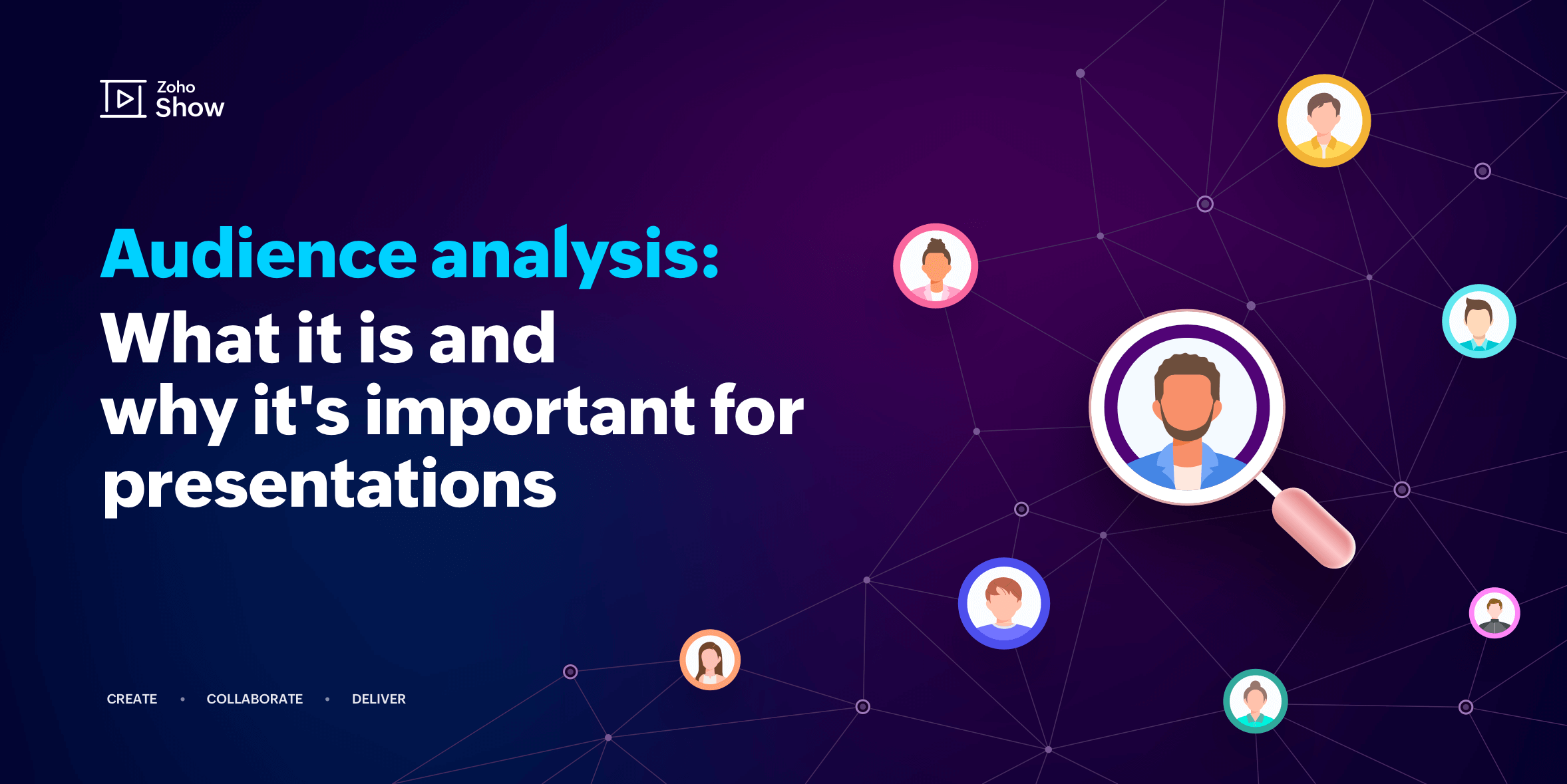
"Who are we going to present this to?"
This is the first question you should ask before preparing a speech. Whether it's a project proposal or a product launch, you should aim to customize your speech to address your audience's interests and needs. To do this, you may consider modifying the content, your tone, your body language, or other aspects of your speech.
Identifying and analyzing your target audience is crucial for any presentation. This allows you to find the right audience for your product or service and to figure what they care about. To build trust and establish strong relationships, it's important to understand who you are speaking to and why they are listening to you.
What is audience analysis?
Audience analysis is the collection and interpretation of data that helps you identify and classify your audience. For an effective analysis, you need to collect sufficient information, so you can understand who is in your audience and what they want to know about. Businesses build strategies for product branding, public relations, and marketing based on audience analyses.
Your audience can be analyzed using three methods: demographic, psychographic, and situational.
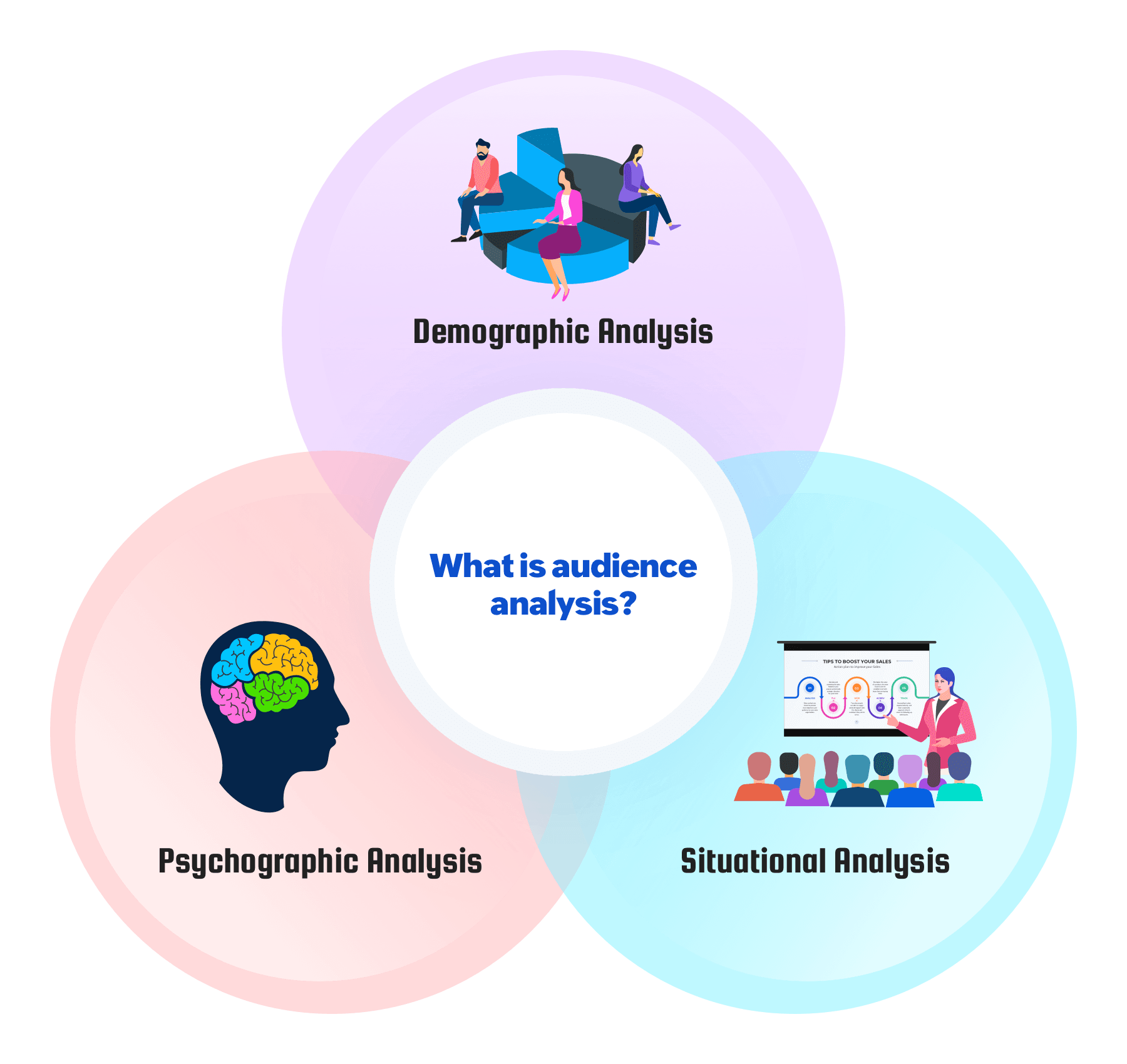
Demographic analysis
Classify your audience based on demographics, like age, sex, and location, and various socioeconomic factors, like employment, education, income, and marital status. This data can serve as a baseline for your analysis and can help with market segmentation, a process in which you categorize your audience into more defined groups.
Psychographic analysis
As the name suggests, psychographic analysis calls for classifying your audience based on their interests, opinions, values, desires, goals, and lifestyle choices. This will help you market your product more accurately. The retail, healthcare, and travel industries mostly use this type of analysis to market their products or services.
Situational analysis
This type of analysis focuses on the situation. To conduct a situational analysis, collect information on factors like the size of the audience, their knowledge of the product or service, the occasion when you are conducting the analysis, and the physical setting of the presentation. 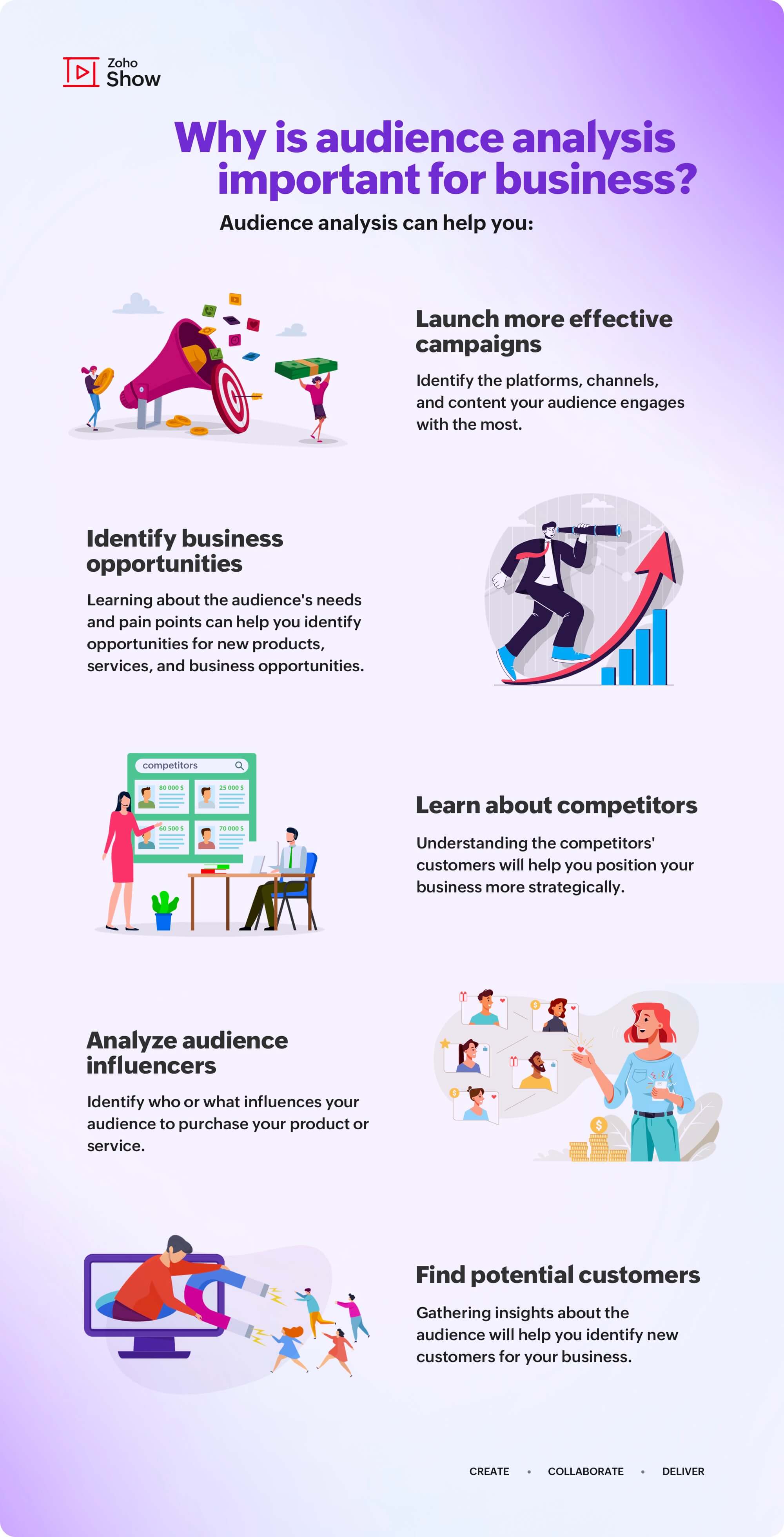
Importance of audience analysis for presentations
All of us prefer sitting through a speech that resonates with us. Whether you aim to inform, persuade, or entertain your listeners, you need to first know what your audience is interested in.
When you analyze your audience before a presentation, you can:
Tailor your content
After analyzing the audience, you can curate content to ensure they gain enough knowledge on the topic and remain interested throughout the speech.
Communicate effectively
When you know what the audience expects from you, you can create an audience-centric speech. You can speak using language that resonates with your listeners to ensure a meaningful and impactful presentation.
Build a relationship
When your speech is centered around the audience's interests, it's easier to build a connection with them. An audience is likely to feel a stronger connection to you and your material when they see how your presentation is relevant to their needs.
Achieve your goal
What determines the success of a presentation? Tailoring your speech, body language, tone, and language to your audience can help you persuade them to buy your product or service.
Own the stage
There are different ways of starting a speech—you can start with a story, anecdote, or even a joke. We all want to capture the audience's attention from the start. Your analysis can help you engage with your audience because you know what resonates with them.
How to collect data for audience analysis
Now that we have discussed why audience analysis is important for business presentations, it is important to know how to collect relevant data. Data collection is the most crucial step, though the best process can vary depending on the business and audience. Most organizations prefer to collect first-party data, which means collecting data from their audience directly.
Here are some different channels and ways to collect data:
- Customer surveys
- Social media
- Websites and chat bots
- Analytics tools
Closing thoughts:
"Everyone has a story to tell or a product to sell. Know your audience before you open your mouth." - Unknown.
No matter who you are presenting to, it's important to know the audience. Analyzing your audience can also give you the edge you need to convert customers who stay loyal to your brand.
Remember to get feedback from your audience after the speech is over. This will help you gauge the accuracy of your analysis.
Enjoy presenting!
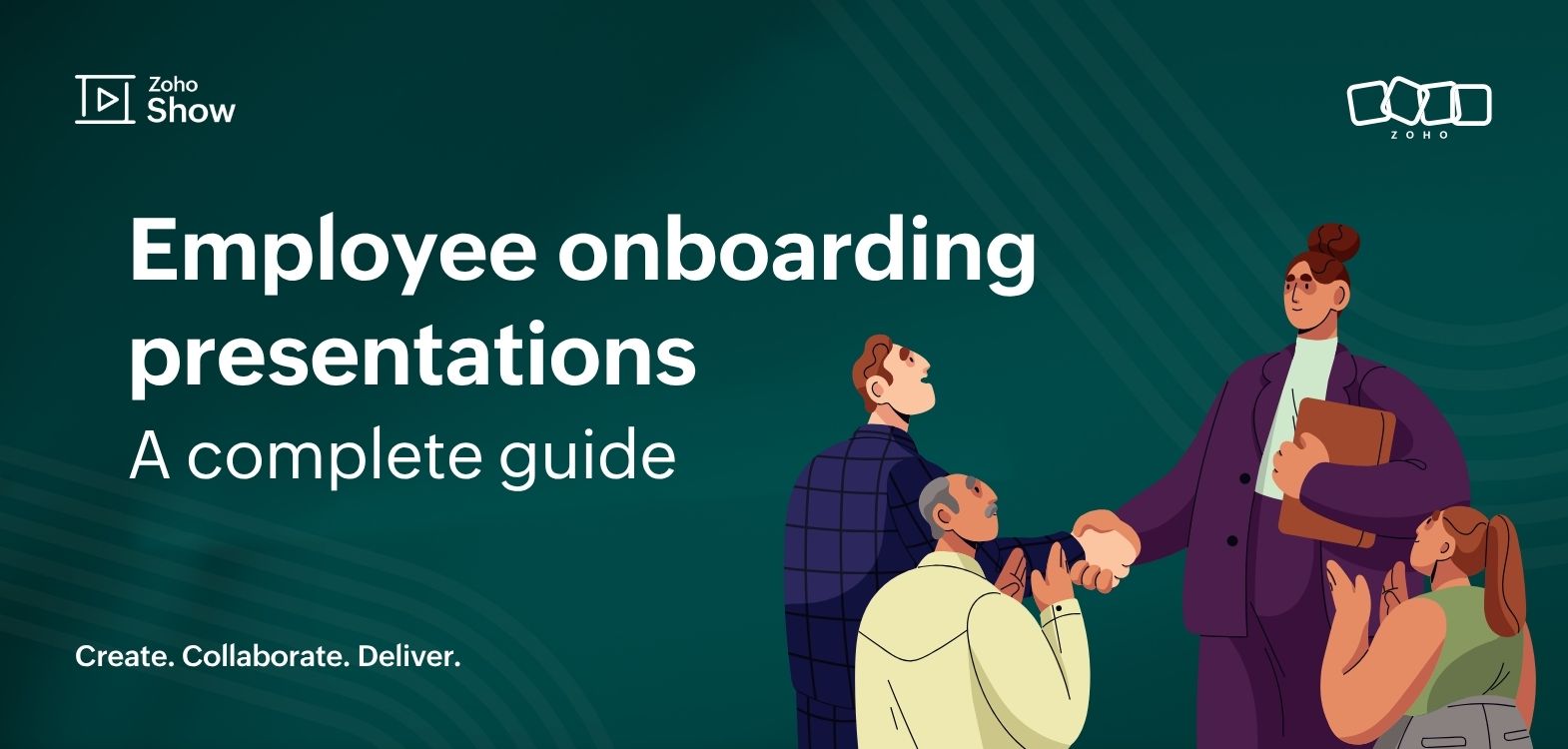
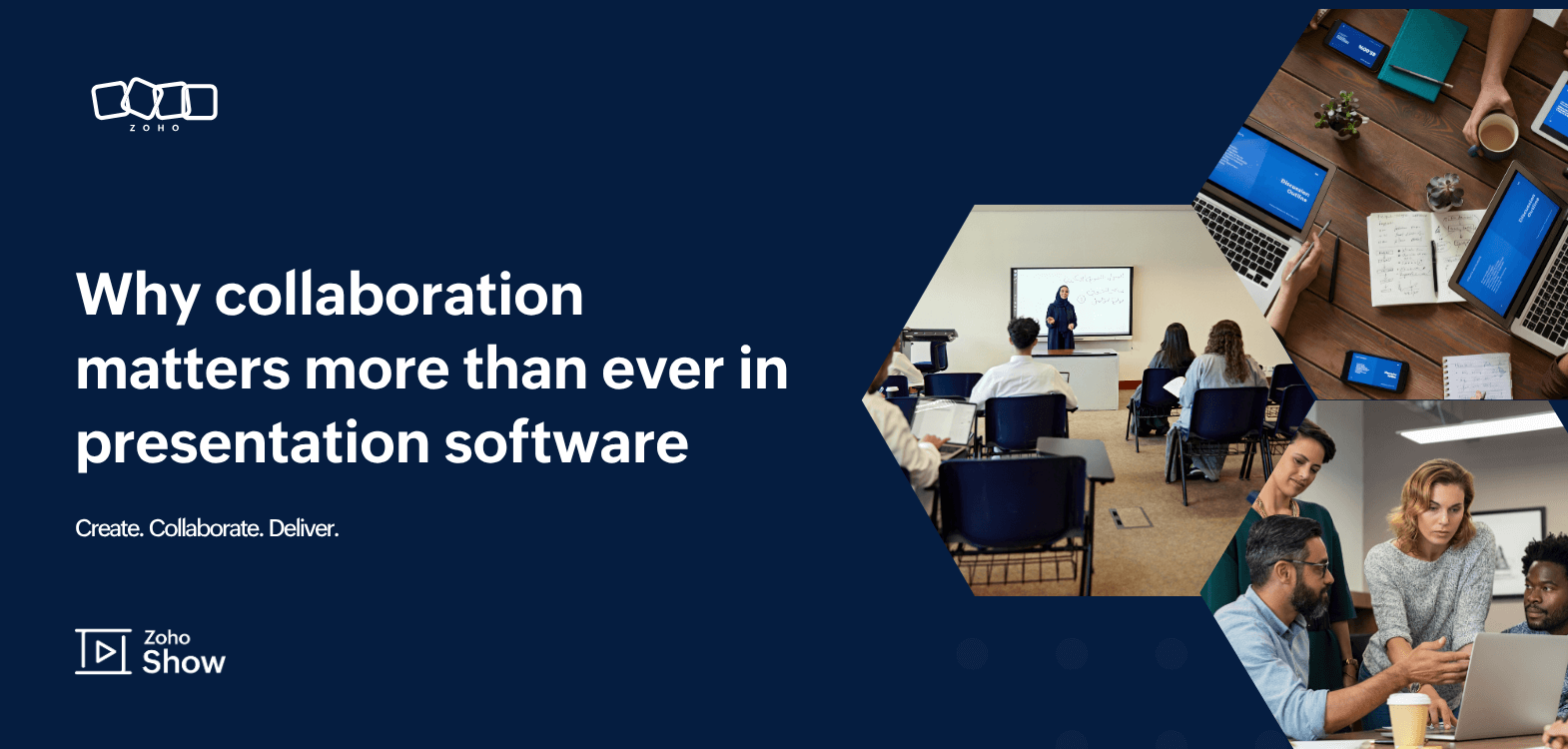
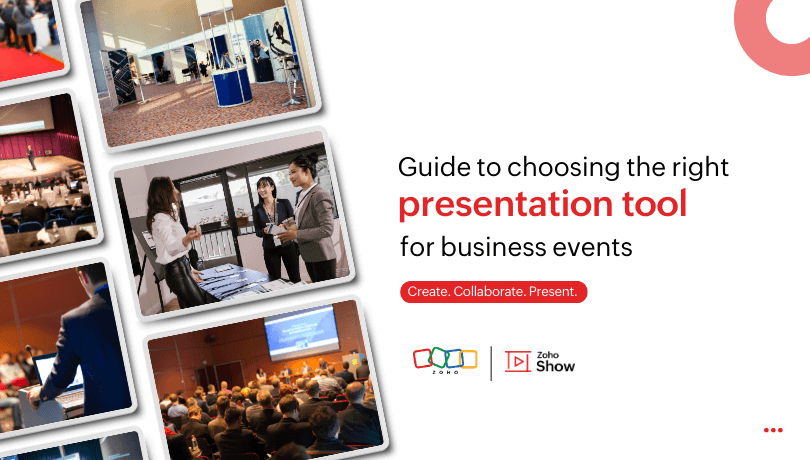
Comments(1)
Understanding your audience is key to delivering impactful presentations, and your article nails it! I love how you emphasize the importance of audience analysis in tailoring your message effectively. It's all about connecting with your audience on their level and addressing their needs and interests. Thanks for highlighting this crucial aspect of presentation success